#physicians
Photo
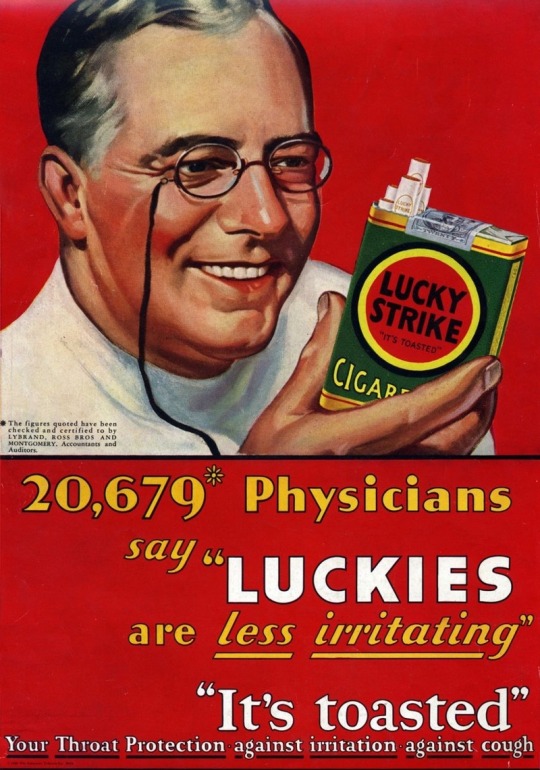
The American Tobacco Co, 1930
#Lucky Strike#ad#1930#cigarettes#advertisement#smoking#doctor#vintage#1930s#Luckies#toasted#physicians#cigarette#advertising
690 notes
·
View notes
Text

Famous physicians, above entrance door to old Medical College of Virginia Hospital, Richmond, 2015.
#architectural decoration#doorway#physicians#medical college of virginia#virginia commonwealth university#richmond#virginia#2015#photographers on tumblr
37 notes
·
View notes
Text
They should invent a type of doctor that just follows you around and lives closely with you for a month, observing you and collecting data before giving you an official diagnosis.
Why isn't that a thing? It would be validating for the patient and like, field work?? As a physician?? Idk that sounds dope.
85 notes
·
View notes
Photo

Number of physicians per 1000 residents
by u/giteam
113 notes
·
View notes
Text
Ask any physician or psychiatrist to explain the entire cause and effect of the diseases they diagnose and they won’t be able to. Medicine isn’t a science.
63 notes
·
View notes
Text
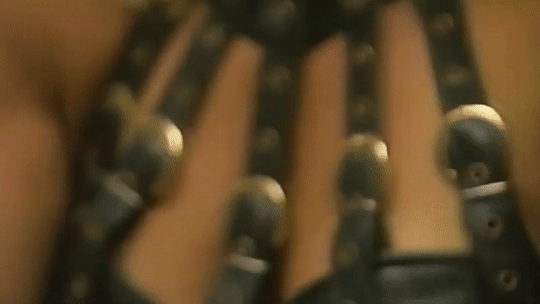



Christine Lydon
#christine lydon#fitness models#martial artists#actresses#physicians#doing makeup#great biceps#delts#muscle lady
26 notes
·
View notes
Text
VeinViewer allows physician's health care operators to see beneath a patient's skin.
It helps take some of the pain away when getting a needle by projecting near-infrared light that's absorbed by the blood and rejected by the surrounding tissue.
#Vein Viewer#veins#skin#near-infrared light#scanner#needle#medical device#doctors#nurses#physicians#medical field
11 notes
·
View notes
Text

Displaced Palestinian children wait to receive food in Rafah, Gaza, on February 9, 2024. Photograph: Abed Rahim Khatib/Anadolu via Getty Images
I’m An American Doctor Who Went To Gaza. What I Saw Wasn’t War — It Was Annihilation
— February 16, 2024 | By Irfan Galaria | Los Angeles Times
late January, I left my home in Virginia, where I work as a plastic and reconstructive surgeon and joined a group of Physicians and Nurses traveling to Egypt with the humanitarian aid group MedGlobal to Volunteer in Gaza.
I have worked in other war zones. But what I witnessed during the next 10 days in Gaza was not war — it was annihilation. At least 28,000 Palestinians have been killed in Israel’s bombardment of Gaza. From Cairo, Egypt’s capital, we drove 12 hours east to the Rafah border. We passed miles of parked humanitarian aid trucks because they weren’t allowed into Gaza. Aside from my team and other envoy members from the United Nations and World Health Organization, there were very few others there.
Entering southern Gaza on Jan. 29, where many have fled from the north, felt like the first pages of a dystopian novel. Our ears were numb with the constant humming of what I was told were the surveillance drones that circled constantly. Our noses were consumed with the stench of 1 million displaced humans living in close proximity without adequate sanitation. Our eyes got lost in the sea of tents. We stayed at a guest house in Rafah. Our first night was cold, and many of us couldn’t sleep. We stood on the balcony listening to the bombs, and seeing the smoke rise from Khan Yunis.
As we approached the European Gaza Hospital the next day, there were rows of tents that lined and blocked the streets. Many Palestinians gravitated toward this and other hospitals hoping it would represent a sanctuary from the violence — they were wrong.
People also spilled into the hospital: living in hallways, stairwell corridors and even storage closets. The once-wide walkways designed by the European Union to accommodate the busy traffic of medical staff, stretchers and equipment were now reduced to a single-file passageway. On either side, blankets hung from the ceiling to cordon off small areas for entire families, offering a sliver of privacy. A hospital designed to accommodate about 300 patients was now struggling to care for more than 1,000 patients and hundreds more seeking refuge.
There were a limited number of local surgeons available. We were told that many had been killed or arrested, their whereabouts or even their existence unknown. Others were trapped in occupied areas in the north or nearby places where it was too risky to travel to the hospital. There was only one local plastic surgeon left and he covered the hospital 24/7. His home had been destroyed, so he lived in the hospital, and was able to stuff all of his personal possessions into two small hand bags. This narrative became all too common among the remaining staff at the hospital. This surgeon was lucky, because his wife and daughter were still alive, although almost everyone else working in the hospital was mourning the loss of their loved ones.
I began work immediately, performing 10 to 12 surgeries a day, working 14 to 16 hours at a time. The operating room would often shake from the incessant bombings, sometimes as frequent as every 30 seconds. We operated in unsterile settings that would’ve been unthinkable in the United States. We had limited access to critical medical equipment: We performed amputations of arms and legs daily, using a Gigli saw, a Civil War-era tool, essentially a segment of barbed wire. Many amputations could’ve been avoided if we’d had access to standard medical equipment. It was a struggle trying to care for all the injured within the constructs of a healthcare system that has utterly collapsed.
I listened to my patients as they whispered their stories to me, as I wheeled them into the operating room for surgery. The majority had been sleeping in their homes, when they were bombed. I couldn’t help thinking that the lucky ones died instantaneously, either by the force of the explosion or being buried in the rubble. The survivors faced hours of surgery and multiple trips to the operating room, all while mourning the loss of their children and spouses. Their bodies were filled with shrapnel that had to be surgically pulled out of their flesh, one piece at a time.
I stopped keeping track of how many new orphans I had operated on. After surgery they would be filed somewhere in the hospital, I’m unsure of who will take care of them or how they will survive. On one occasion, a handful of children, all about ages 5 to 8, were carried to the emergency room by their parents. All had single sniper shots to the head. These families were returning to their homes in Khan Yunis, about 2.5 miles away from the hospital, after Israeli tanks had withdrawn. But the snipers apparently stayed behind. None of these children survived.
On my last day, as I returned to the guest house where locals knew foreigners were staying, a young boy ran up and handed me a small gift. It was a rock from the beach, with an Arabic inscription written with a marker: “From Gaza, With Love, Despite the Pain.” As I stood on the balcony looking out at Rafah for the last time, we could hear the drones, bombings and bursts of machine-gun fire, but something was different this time: The sounds were louder, the explosions were closer.
This week, Israeli forces raided another large hospital in Gaza, and they’re planning a ground offensive in Rafah. I feel incredibly guilty that I was able to leave while millions are forced to endure the nightmare in Gaza. As an American, I think of our tax dollars paying for the weapons that likely injured my patients there. Already driven from their homes, these people have nowhere else to turn.
— Irfan Galaria is a Physician with a Plastic and Reconstructive Surgery Practice in Chantilly, Va.
#Los Angeles Times#Dr. Irfan Galaria#Gaza#Forever Palestine 🇵🇸#MedGlobal#Volunteer#Physicians#Nurses#Egypt 🇪🇬#War Crimes#Illegal Regime of the Zionist 🐖 🐷 🐖 Cunts
10 notes
·
View notes
Text
If anyone wants to drop any tips on how to talk to doctors so that they actually give a shit about you or at least refer you to someone who does, I could really use this information right now.
#chronic illness#disability#disabled#medical malpractice#healthcare#health care#walk in clinic#physicians
14 notes
·
View notes
Text

Increase the financial health of your cardiology practice with Imagnum Healthcare Solutions’ exclusive **Heart Payment Service**. Our team understands the complex costs of heart failure, and ensures accurate coding and timely reimbursement. Trust us to simplify your revenue cycle management, allowing you to focus on delivering exceptional patient care.
#medicalcoding#healthcare#doctors#revenuecyclemanagement#medical#medicalbillingandcoding#physicians#medicalbillingservices#hospitals#credentialing#medicare#practicemanagement#physician#medicaid#medicalcoder
2 notes
·
View notes
Text
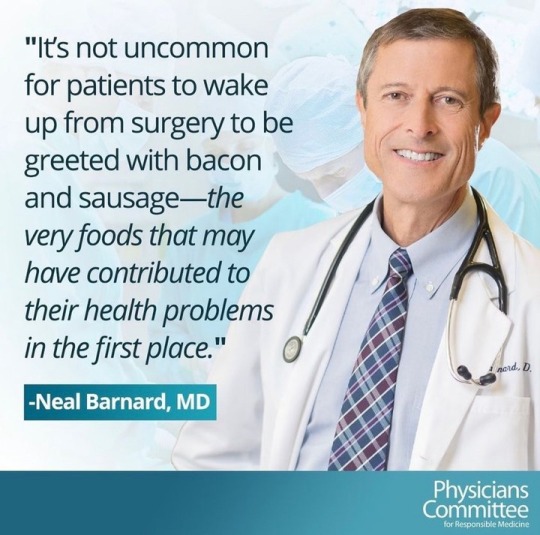
3 notes
·
View notes
Text

''A big Shoutout to all the women doctors who work tirelessly to save lives and bring comfort to their patients. Happy National Women's physicians Day!!
#real estate#gurgaon#welcome home#property#christian doctrine#14th doctor#physicians#NationalWomenPhysicians
2 notes
·
View notes
Text

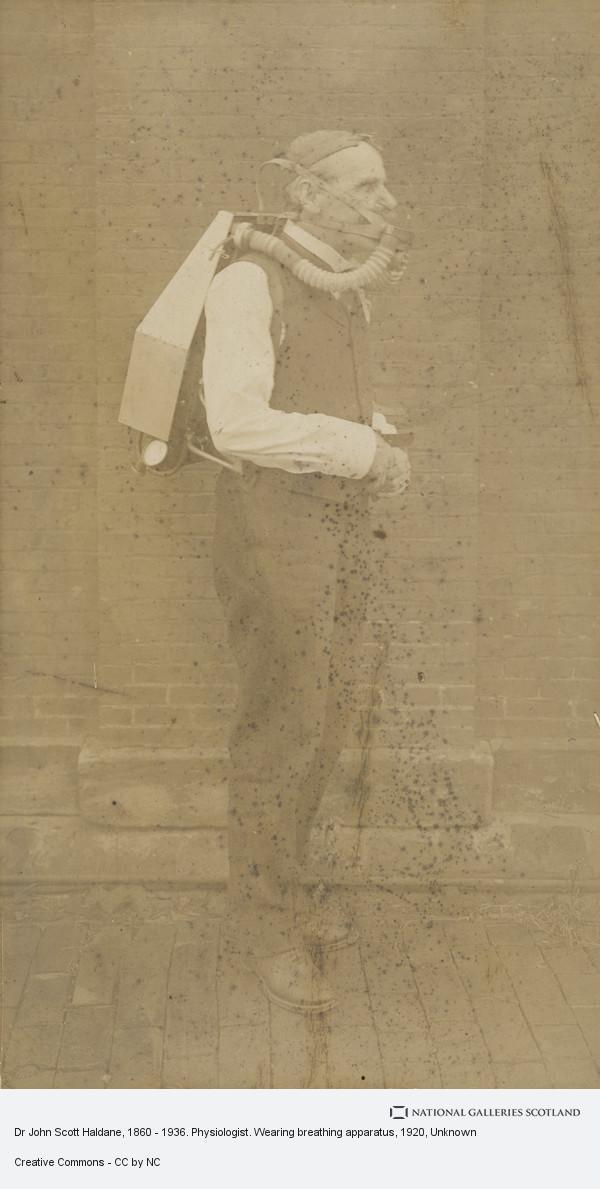
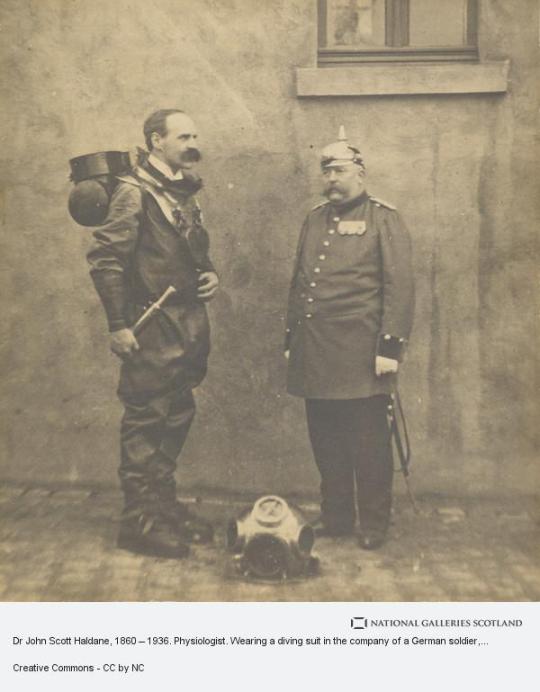
May 2nd 1860 saw the birth of physiologist John Scott Haldane in Edinburgh.
Haldane has been described as a versatile genius who solved several problems of great practical significance. His work on high altitude physiology, diving physiology, oxygen therapy, and carbon monoxide poisoning led to a sea change in clinical medicine and improved safety and reduced mortality and morbidity in many high risk situations.
John Haldane attended Edinburgh Academy, Edinburgh University and the Friedrich Schiller University of Jena. He graduated in medicine from Edinburgh University Medical School in 1884. In 1906, Haldane, discovered that the respiratory reflex was triggered by an excess of carbon dioxide in the blood, rather than a lack of oxygen. He went on to experiment on himself breathing several toxic gases to find out more about them, the main discovery was that carbon monoxide was the cause of deaths in the depths of mines, he suggested that miners carry small animals like mice or canaries to detect dangerous levels of the gas in their working environment, it wasn’t until the 80’s that this method was replaced by electronic gas detectors.
The following year again using himself as the “guinea pig” he made great strides in making deep sea diving safer when he designed a decompression chamber.
During the First World War Haldane was able to identify the use of disabling chlorine and phosgene gas by the Germans, and designed the first gas masks for use in chemical warfare and also an oxygen therapy equipment to treat its victims.
John Scott Haldane died in Oxford on the night of 14th March/15 th March 1936, soon after returning from a trip to investigate cases of heat stroke in the oil refineries in Persia, he made lasting contributions to improved working conditions years before health and safety itself became an industry, and he never failed to give credit to colleagues. He is considered as ‘Father of Oxygen Therapy
7 notes
·
View notes
Text




Christine Lydon
#christine lydon#fitness models#martial artists#physicians#actresses#lingiere#toned body#toned arms#broad shoulders#delts#glutes#toned legs#washboard abs#muscle lady
20 notes
·
View notes
Text
This poll is brought to you by Debilitating Headaches Inc. Your ticket to spending the day in bed.
2 notes
·
View notes